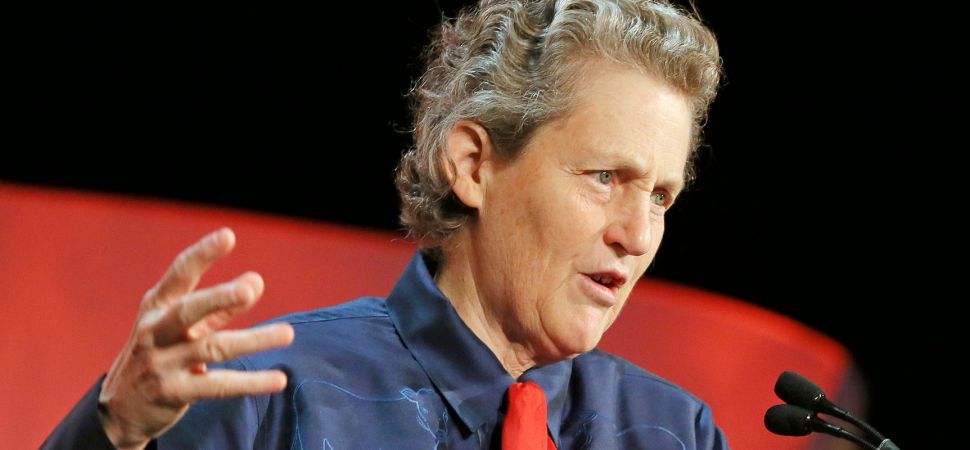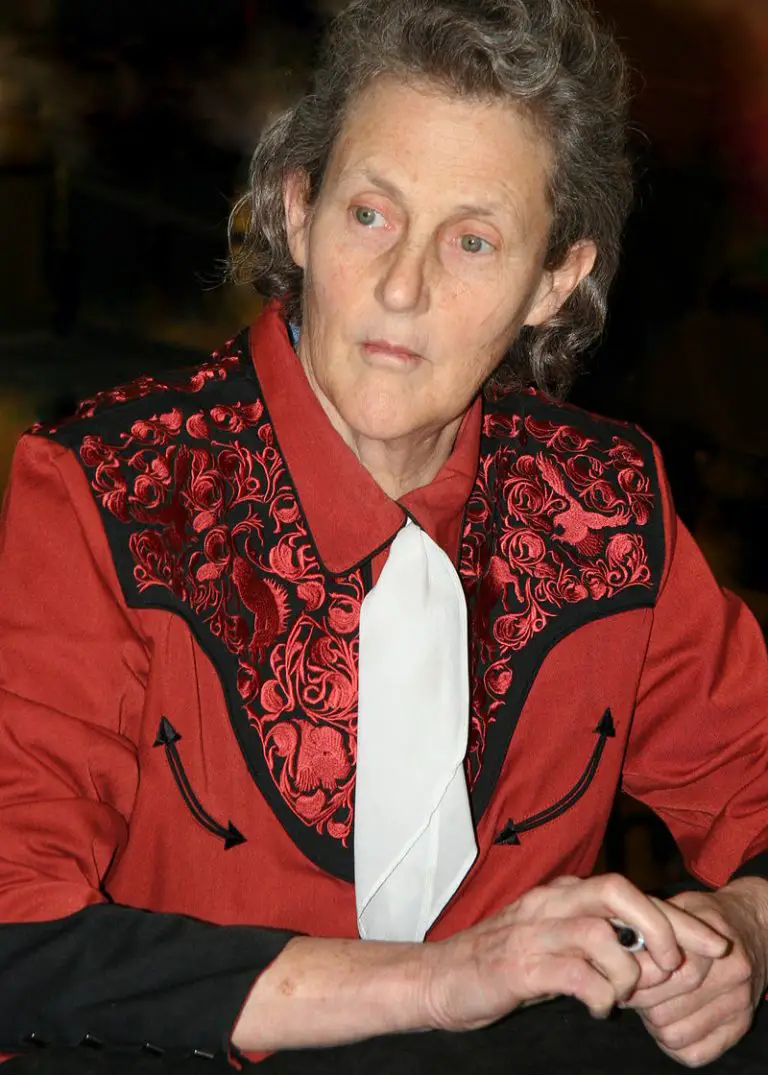

I believe that doing practical things can make the world a better place. In my mind, I had a picture of a way to make that dying as peaceful as possible. Many people would think that to even work at a slaughterhouse would be inhumane, but they forget that every human and animal eventually dies. At the time, I was getting started in my career, designing more humane facilities for animals at ranches and slaughterhouses.

When I was in my 20s, I thought a lot about the meaning of life. That way, when I confronted something unfamiliar, I could draw on the information in my homemade library and come up with an appropriate way to behave in a new and strange situation.

I built a library of experiences that I could refer to when I was in a new situation. But if she said that being nice meant delivering daffodils to a next-door neighbor, that I could understand. But if my mother told me to be "nice" to someone, it was too vague for me to comprehend. My mother told me that you don’t hit other kids because you would not like it if they hit you. When I was a child, my parents taught me the difference between good and bad behavior by showing me specific examples. What I'll see, for example, is a picture of a mother horse with a foal, or I think of "Herbie the Lovebug," scenes from the movie Love Story or the Beatles song, "Love, love, love." Then, a series of images pops into my head. If you say the word "love" to me, I'll surf the Internet inside my brain. Here's how my brain works: It's like the search engine Google for images. I don't have the ability to process abstract thought the way that you do. And because I have autism, I think in pictures and sounds. She has designed one-third of all livestock facilities in the United States with the goal of decreasing the fear and pain animals experience in the slaughter process.īecause I have autism, I live by concrete rules instead of abstract beliefs. Temple Grandin is an associate professor of animal science at Colorado State University.


 0 kommentar(er)
0 kommentar(er)
